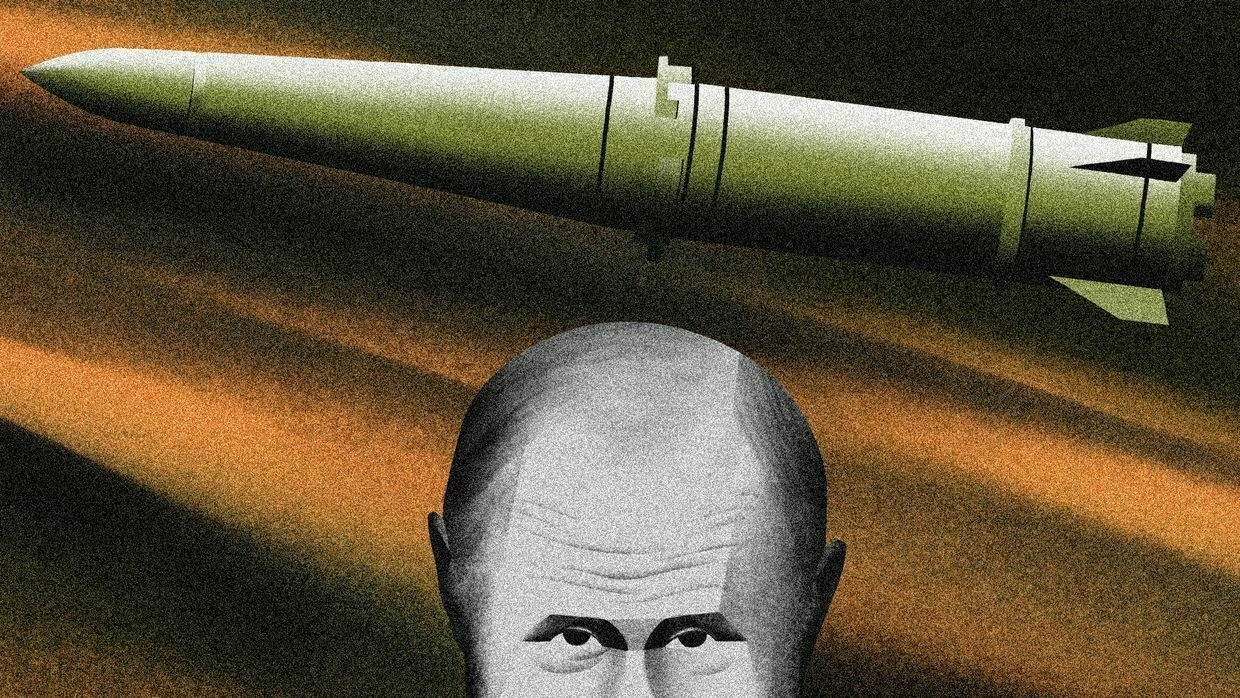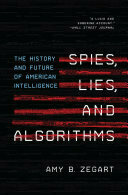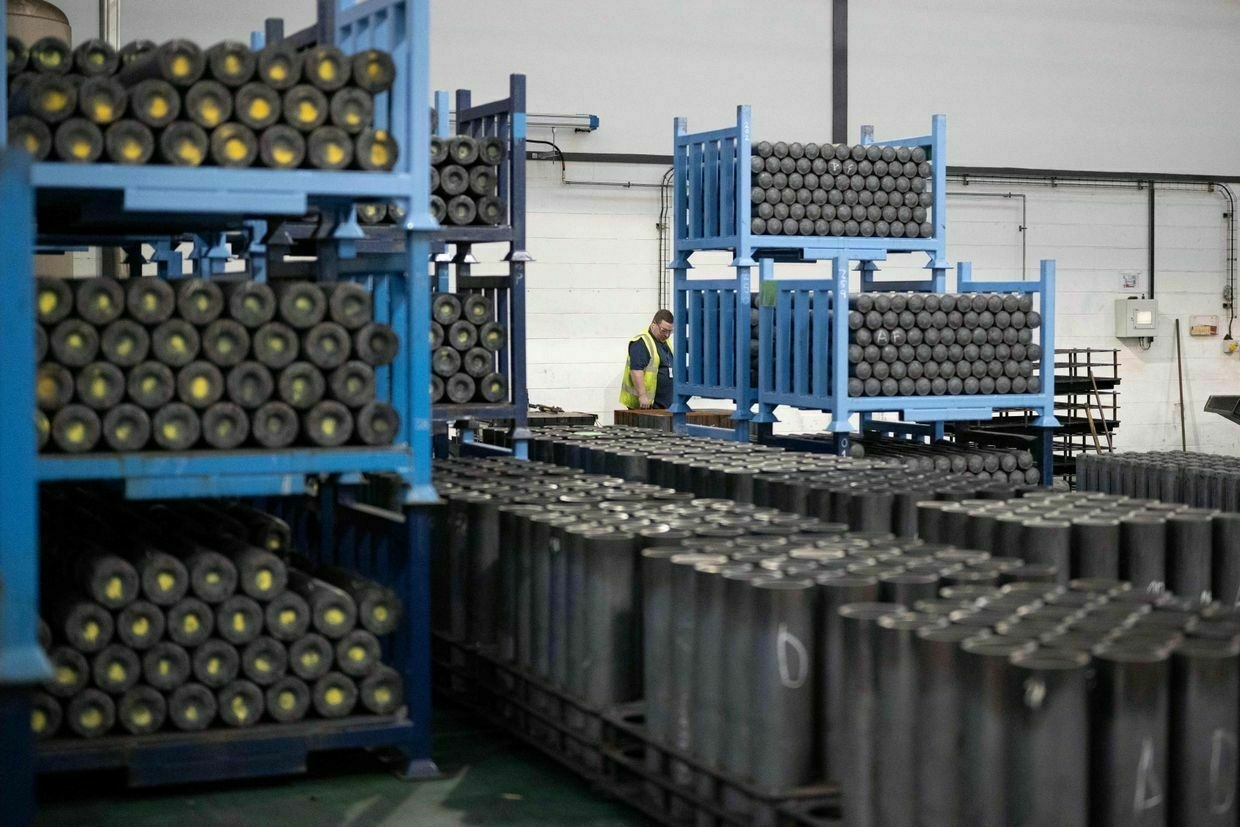
Russia’s war in Ukraine has drained Western ammunition stocks. Despite years of claimed weapons ramp-ups, NATO’s arms manufacturing is still not refilling those stocks apace, let alone making it to Ukraine in needed mass.
The West has come to recognize that these shortages are due to the offshoring of explosives production. But a flurry of new investment incentive schemes from NATO members into defense industries is not yielding results that compare with Russia’s alarming success at arming itself, even beset with sanctions.
Western arms makers are scrambling to buy up or expand factory space to fill in for, particularly, Chinese explosive chemical imports. But one is choosing to reconsider the standard chemistry of modern gunpowder.
“The whole industry is going through this disruption period,” said Steve Cardew, director of business development and strategy for BAE Systems, in an interview with the Kyiv Independent. “That then provides the catalyst to really look at new technologies."
BAE Systems is the U.K.’s largest ammunition maker and one of the biggest in Europe. Its U.S. affiliate is likely the largest supplier of “energetics,” the raw materials for explosives and propellants, that remains geographically within NATO.
Like all of its competitors, BAE is hastening to fill the demand that Russia’s invasion of Ukraine has created for armaments both in Ukraine and elsewhere. Its U.K. branch is, however, unique in banking on a new chemical process that moves away from a key import entirely — and may well be the template for Ukraine to make more explosives of its own.
Wartime reshoring
NATO is patching up its supply chain to compete with Russia and China. BAE in particular is trying to make the energetics in the U.K. itself, where the last such plant — for TNT — closed in 2008.
“Historically, ammunition has been a cyclical business,” said Cardew. “Conflict happens, we build capacity — that capacity takes time to build, it’s very expensive to sustain — and then we go through relative periods of peace and stability, and questions are asked in terms of: Why do we need such big real estate?"
Western militaries largely downshifted from heavy artillery after the end of the Cold War. General ammunition production waned as the War on Terror subsided, particularly after the U.S.’s pullout from Afghanistan.
Western arms makers like BAE have jump-started artillery factories since Russia invaded Ukraine, kickstarting what Cardew termed “a need for continual supply to make sure that the Russian advance into Ukraine doesn’t get any worse."
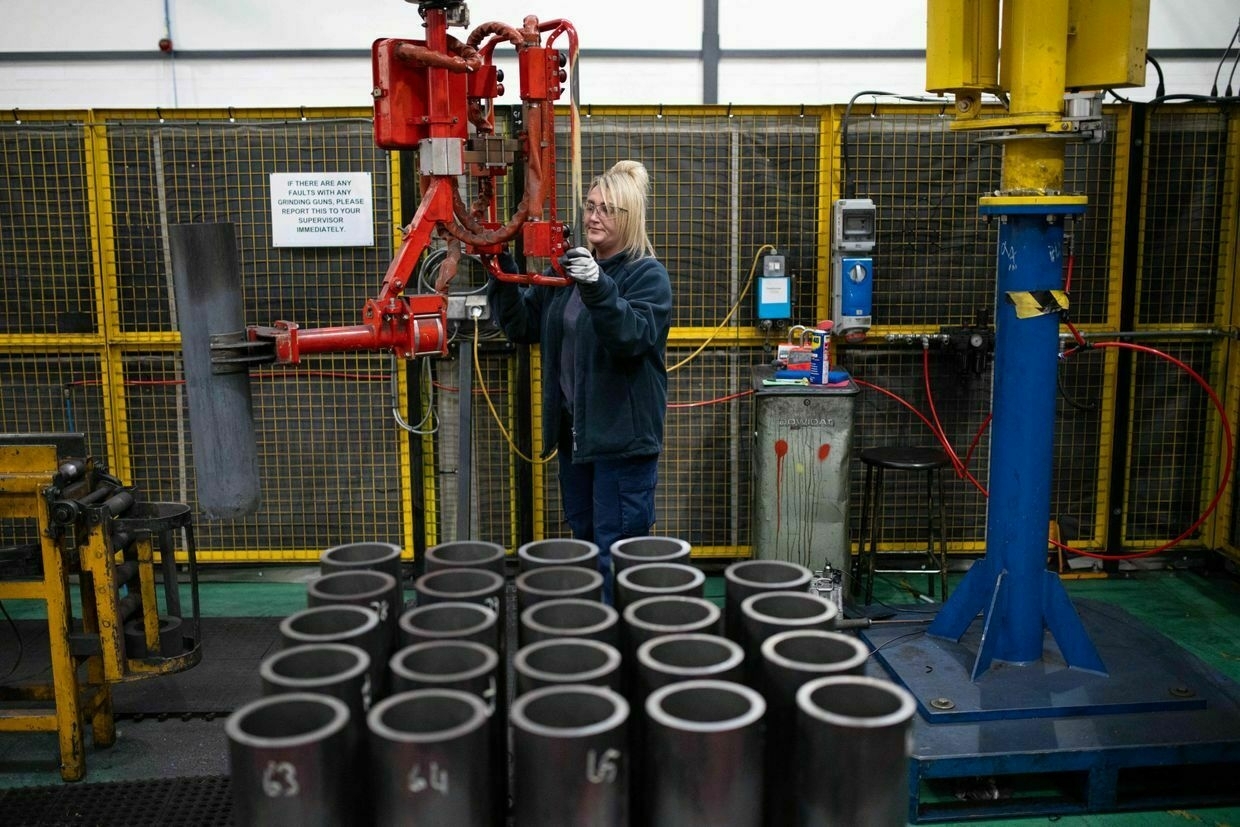
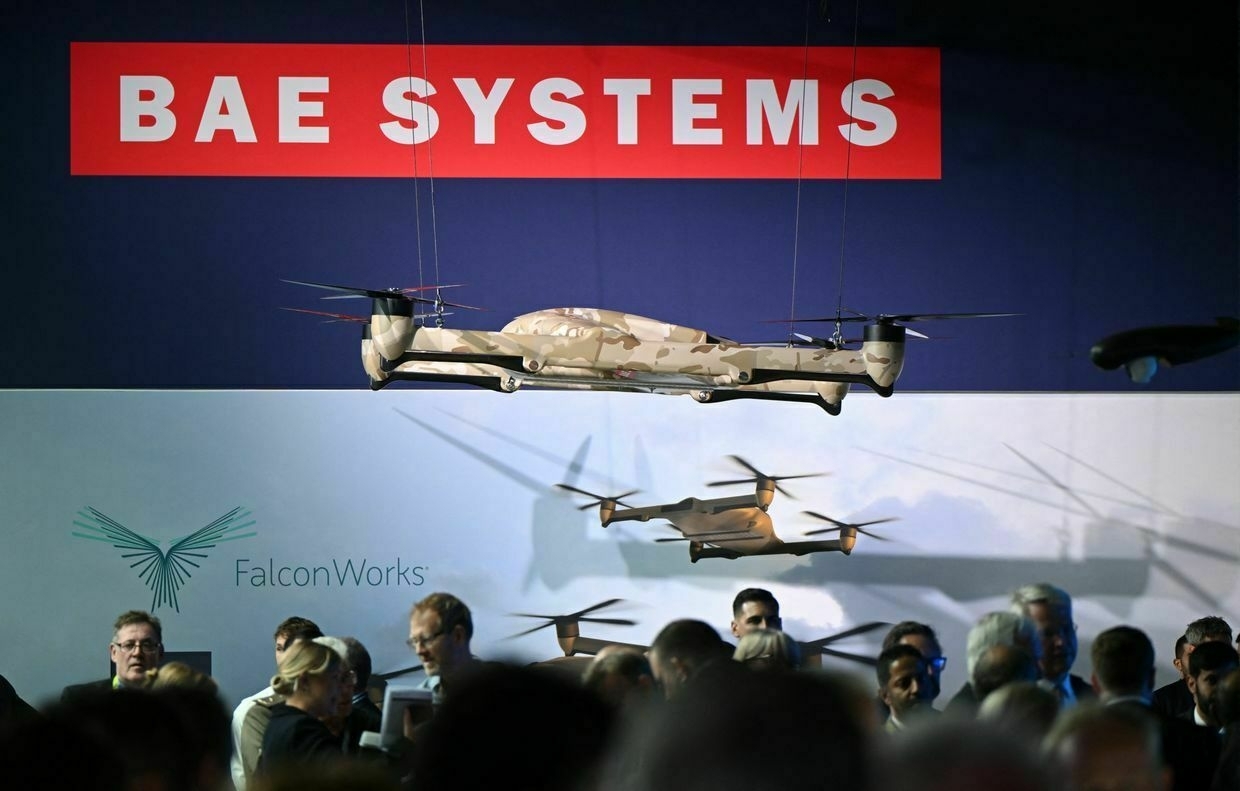
But the revamping of, especially, high-caliber ammunition production quickly exposed a glaring oversight further up the supply chain. Most modern propellants that drive munitions ranging from 9 to 155 millimeters are based on nitrocellulose, most of which the West was buying from China. Nitrocellulose itself derives from cotton linter, of which the primary producer is, likewise, China.
“The cheapest way of doing it was relying on supply chains that were not in the U.K.,” Cardew said. “The fundamental bit is the thing that feeds nitrocellulose, the cotton linter – that’s a really scarce material, there are only a few places that you can buy it from."
BAE Systems’ U.S. affiliate runs the Radford Ammunition Plant in Virginia on behalf of the U.S. military, which owns the plant.
“Our approach is to reduce that down, to duplicate, so that you have many, many nodes operating continuously — that means each one is easier and cheaper to build, and needs less space around it.”
The largest producer of military-grade nitrocellulose left inside of geographical NATO, Radford is itself an example of the shoddy condition of the alliance’s supply chain, playing host to constant chemical spillages and losses, accidental explosions, and delayed launches.
But blow-ups are the nature of the nitrocellulose business. Like much heavy manufacturing, China took it on because it boasts looser environmental controls and a lower risk of public outrage when factories explode, in addition to cheaper labor costs.
Today, weapons firms are buying up existing nitrocellulose factories throughout Europe, either abandoned or used for non-military purposes like paint and lacquer that demand lower purities than ammunition. This is faster than building new plants de novo in part because European countries are hesitant to license them when their environmental impact takes decades to clean up.
Alternative energetics
The other major BAE Systems facility in the U.S. is the Holston Ammunition Plant in Tennessee, which is one of NATO’s last producers of another major explosive, RDX, also known as hexogen. A core ingredient in plastic explosives like C4, RDX is typically paired with other chemicals to slow its explosive power, particularly if it’s going to be propelling ammunition.
For decades, arms chemists have floated various methods for turning RDX into a propellant of the type that can send a 155mm shell flying. With China selling nitrocellulose cheap, Western producers did not explore those compounds industrially. But RDX in particular has a long history of filling in gaps.
The U.K. military was the first nation to work out how to stabilize hexogen into usable explosives, which came in handy at the outset of the Second World War. Between the Nazi takeover of Poland and France in 1939 and the entry of the USSR and the U.S. in 1941, the U.K. was effectively alone in fighting Germany. Wracked with U-boat attacks on shipping, the U.K. depended on homemade RDX, which periodically goes by the name Royal Demolition eXplosive.
Once the U.S. joined the war effort, it set up RDX production en masse at the Holston facility, which, per one account, was producing around 340 tons of the explosive per day at its peak.
Cardew noted that the BAE’s bet today is not to build another British Holston. The new plan is a schema of smaller "nodes" that are easier to bring on and offline and more resilient in the face of accidents, or even attack from a foreign power.
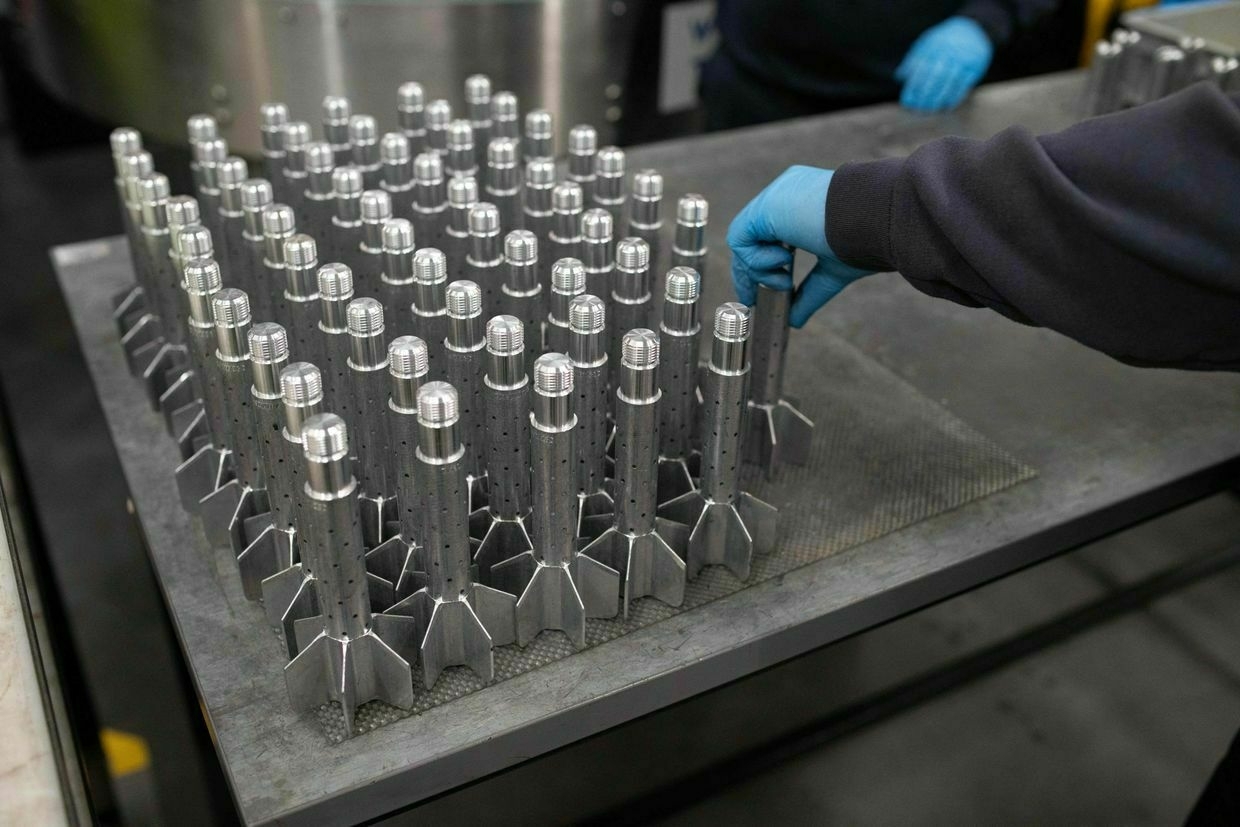
"Factories that generate explosives are large enterprises — hundreds, thousands of acres," Cardew said, handling bulk shipments of explosives at once.
"Our approach is to reduce that down, to duplicate, so that you have many, many nodes operating continuously — that means each one is easier and cheaper to build, and needs less space around it."
Specifically, the new plan entails shipping containers re-outfitted to make RDX in undisclosed locations throughout the U.K. Cardew noted the need for a “distributed network” for resilient production.
"One big explosive facility in the U.K. or indeed anywhere is clearly a risk because of a variety of reasons. If you have 10 and they are geographically dispersed, it is a much better position to be in," Cardew said.
These are indeed likely lessons for Ukraine, whose weapons makers are beset by Russian air attacks on major manufacturing facilities. When asked about the application of BAE’s new methods inside Ukraine, Cardew said, "clearly, there will be conversations at some point, probably around what the U.K. wishes to do and how it wishes to share that technology."
Hexogeneration
BAE is looking to go even further up the supply chain to make more of the core chemicals needed to make RDX.
RDX is also known as hexogen, and primarily derives from hexamine, which in turn comes from a fairly simple combination of ammonia and formaldehyde — two chemicals that are themselves byproducts of universal organic processes like excretion and decomposition.
Indeed, there is a great deal of overlap among the families of fertilizers and explosives. It was 2,750 tons of the fertilizer ammonium nitrate that blew up the port of Beirut in 2020.
Hexamine is itself a less potent flammable, historically used for things like fuel tablets for cooking included in military field kits. Blended with nitric acid, hexamine turns into the more explosive hexogen.
BAE is considering synthesizing more of the precursor chemicals, especially hexamine. "We don't do that today, but we are looking at how we would do it,” said Cardew. "I can't say too much about that, but that is a next step for us."
A lingering question in Ukraine is whether Western producers will continue their respective rearmaments. In the event of a ceasefire in Ukraine, would BAE and its competitors go back to their pre-2022 business plans?
"Defense, munitions — it’s all an insurance policy, isn’t it?" Cardew said. "How much you pay for your personal insurance depends on your circumstances, your view of the context that you operate in — so that could play out, but I don't think we'll see that happening in the next five to ten years."
Note from the author:
Hi, this is Kollen, the author of this article. Thanks for reading. NATO is convening in the Hague this week, making it a good time to remember the uneven weapon delivery to Ukraine over the three years and three months since Russia’s invasion. The alliance’s ability to take unified action is coming under doubt, as is its capacity to produce what Ukraine needs to defend itself. If you want more stories like this, consider joining our community today to help support our work.
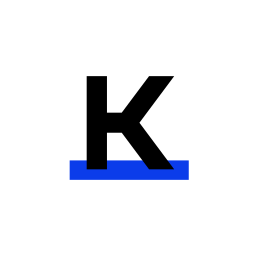 The Kyiv IndependentAlisa Yurchenko
The Kyiv IndependentAlisa Yurchenko